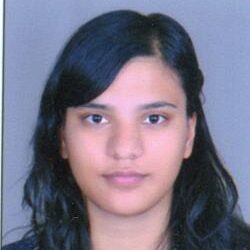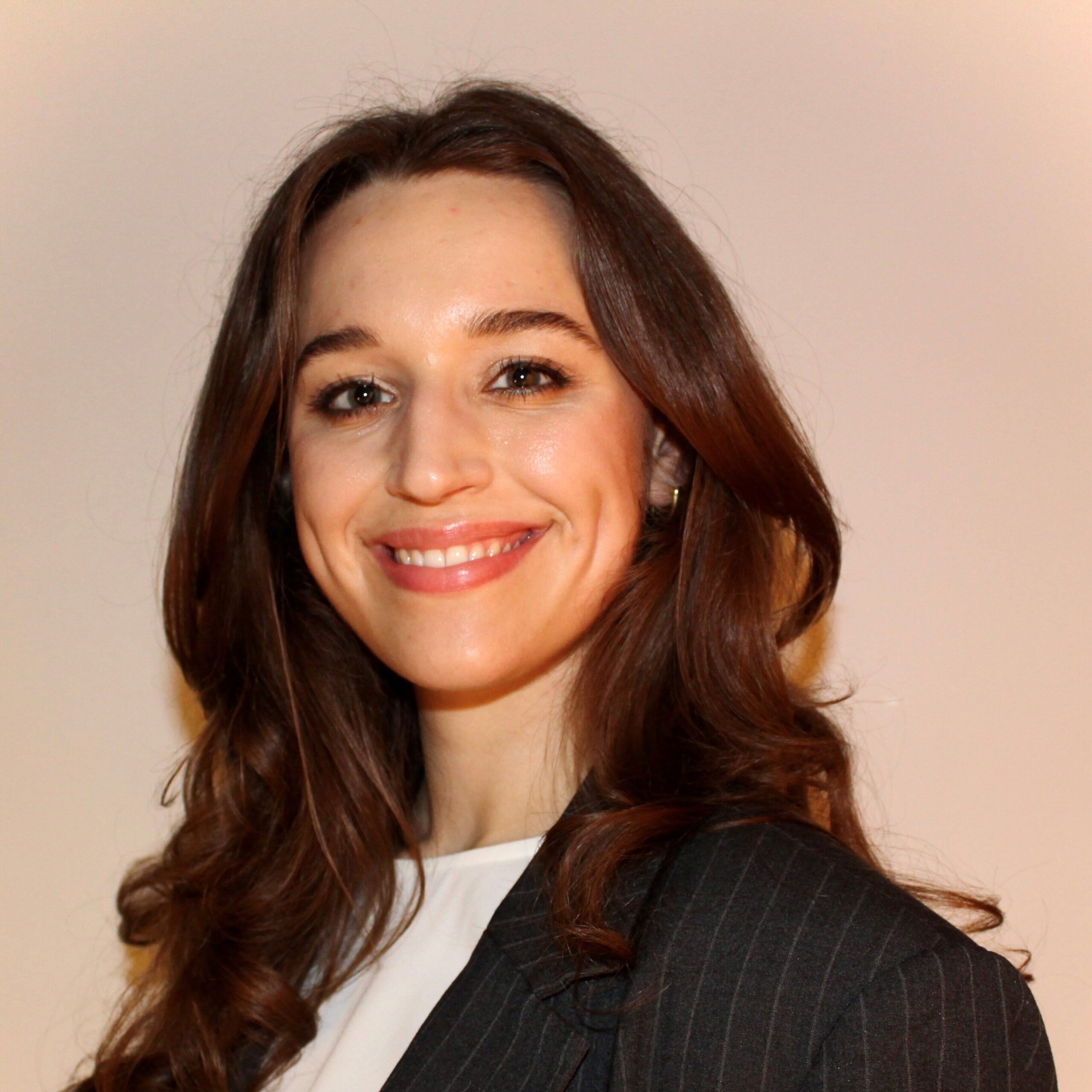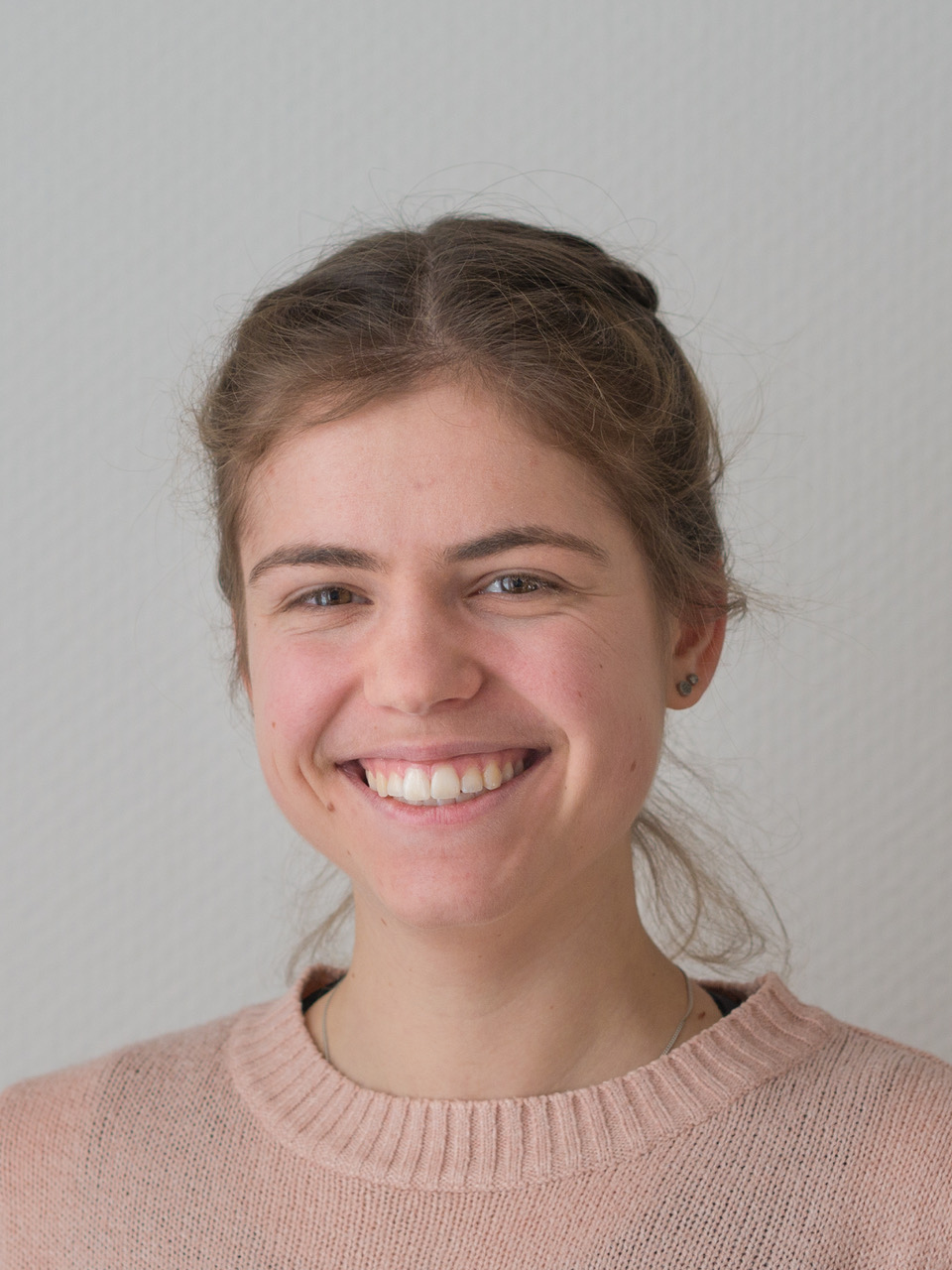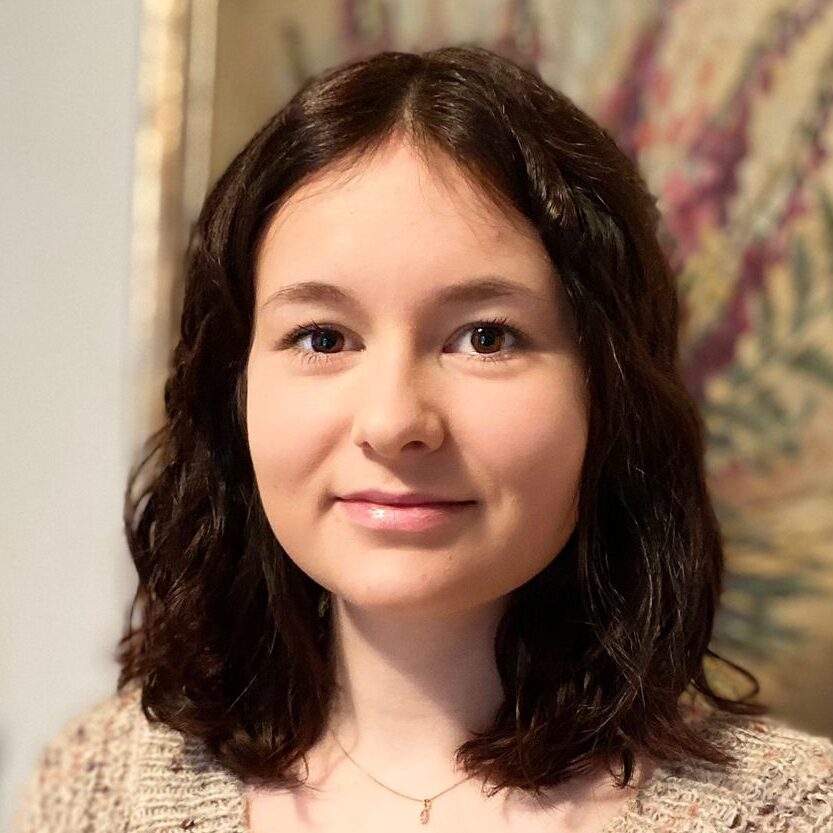Systemic Neurophysiology:
aiming at the whole picture
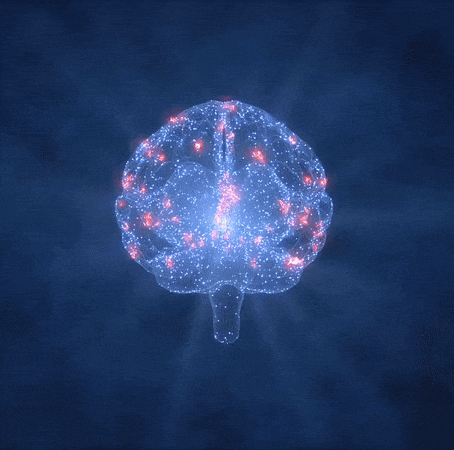
As an academic research laboratory at the University of Würzburg, we aim to study the physiological functions and processes of the nervous system.
Often, our research is multimodal, combining behavioral and neurophsyiological assessments with imaging techniques to study systems neuroscience on a larger scale, rather than focusing on small components in isolation.

This involves understanding how the different parts of the brain interact to form networks responsible for controlling and maintaining specific functions, like motor or locomotor control.
Above that, we are interested in how neurological conditions disrupt functionality within the system and how non-invasive brain stimulation techniques can be used to study and alter brain’s activity and, perhaps, restore or improve lost function.
Team

Julia Bellut
Clinician Scientist
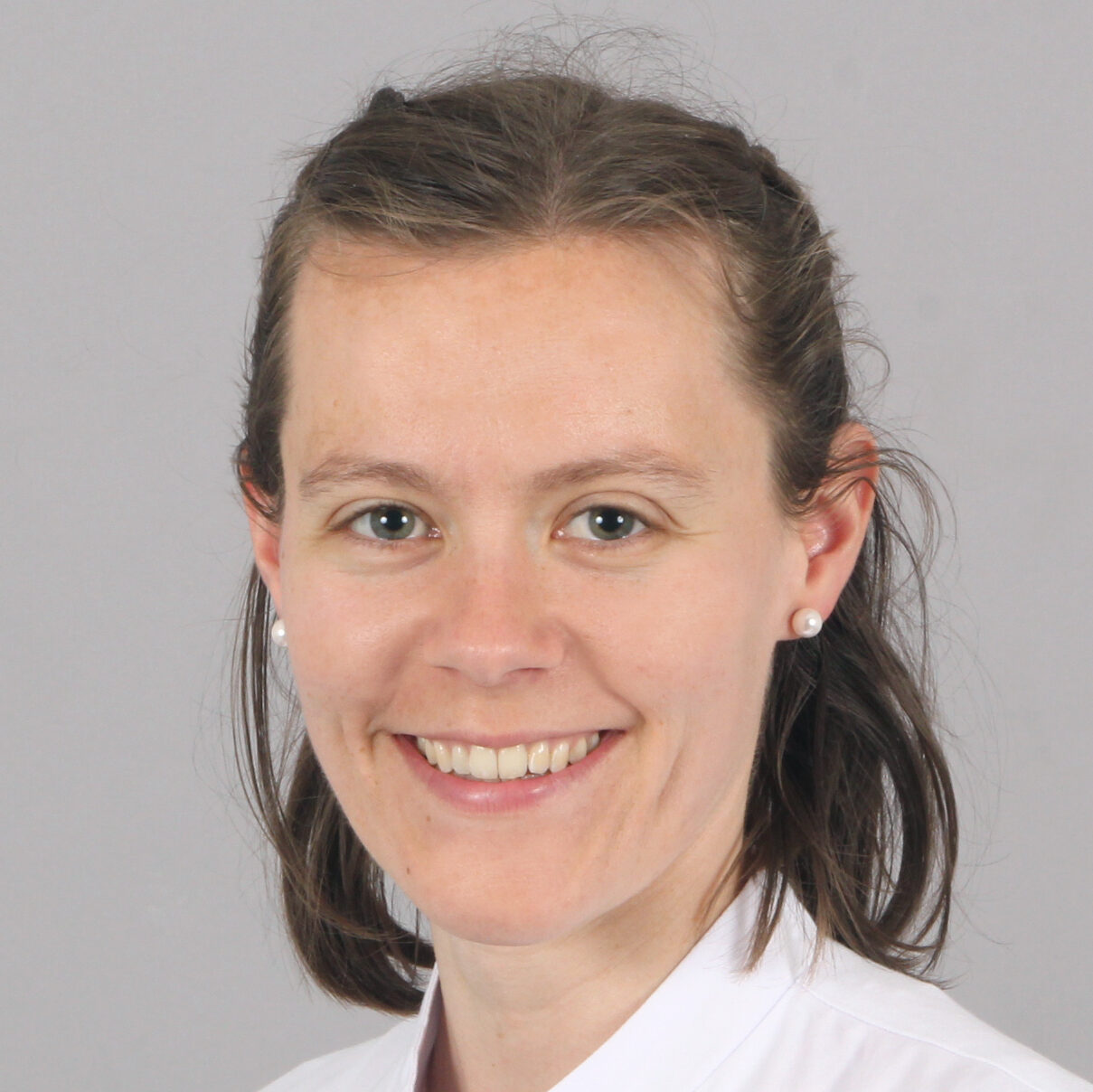
Stefanie Kögler
Clinician Scientist

Niklas Döppert
MD candidate
Adaptation, compensation, reserve
With a specific focus on motor and locomotor performance, we are interested in the neural underpinnings of successful adaptation and compensation to the challenges posed by the processes of aging and neurological conditions.
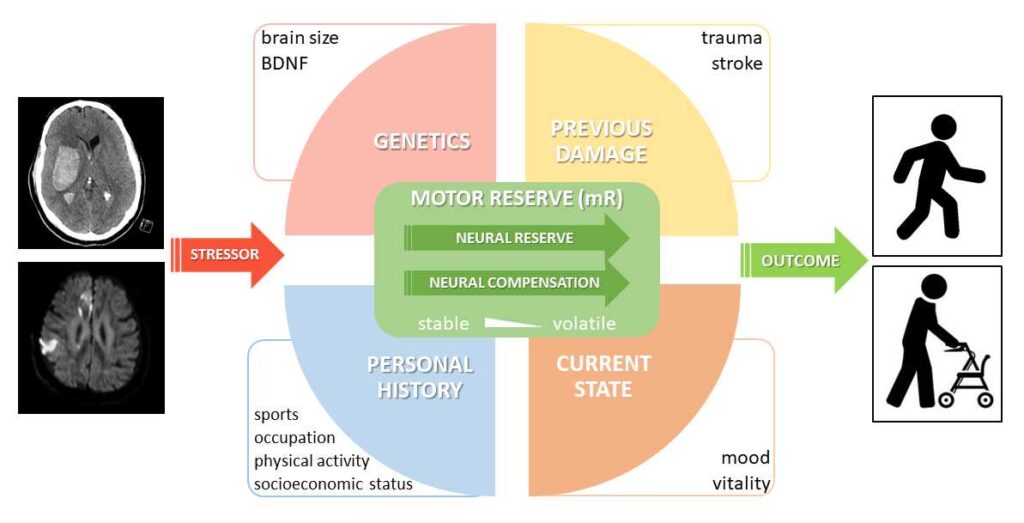
Motor Reserve Framework
A conceptual framework used to explain an individual’s resilience to functional motor decline caused by things like aging, disease, illness, or injury. Motor reserve is complex and determined by a variety factors such as genetics, physical activity/exercise history, occupation, socioeconomic status and potentially things like cognitive activity and educational attainment status.
Neural Reserve
Individual differences in the efficiency of networks which are also commonly used by unimpaired subjects or to the use of alternative strategies for task performance
Neural Compensation
Utilization of alternative brain networks not typically used by healthy individuals in order to maintain or improve motor performance.
Motor Learning
Acquisition and modification of movement patterns over time. Involves practice and experience. Leads to permanent changes in the person’s ability to produce the demanded movements.
Motor Adaptation
An error-driven learning process restoring motor performance through feedback and practice.
High numbers in support of higher functions
Layers upon layers of interactions are involved in the formation of a single thought, movement, or sensation.
There are
~1011
neurons in the brain.
This is about the same as the number of stars in the Milky Way galaxy.
Connected
by
~1014
synapses in between.
These neurons are connected by trillions of connections, or synapses.
Which
comprise
6
distinct lobes of the brain.
The cortex of each hemisphere is divided into six lobes: the frontal, temporal, parietal, occipital, insular, and limbic lobes.
In research, it can be challenging to strike a balance between granularity, modularity, and functionality.
Interested in a collaboration or just looking to connect?

Please use the form below to send us a message!




